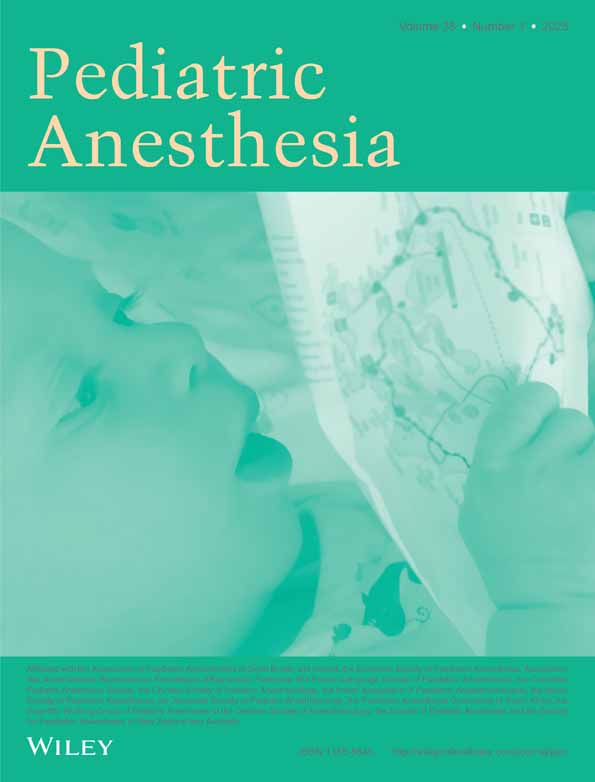Long-term maintenance-related complications of brachiocephalic vein cannulations in neonates: A retrospective evaluation
Section Editor: Nada Sabourdin
Abstract
Background
Neonates are relatively prone to immediate, early, and late complications related to central venous cannulation (CVC). Ultrasound-guided brachiocephalic vein (BCV) cannulation has proven to be safe in neonates. Although studies addressed the immediate and early complications of CVC via BCV in neonates, few explored long-term maintenance-related complications.
Aims
To evaluate the incidences of long-term maintenance-related complications including central line-associated blood stream infection (CLABSI), central line-associated thrombosis (CLAT), and mechanical complications (CLAMC) of nontunneled BCV cannulation in neonates and their relationship with patient and catheter-related factors.
Methods
This study included BCV cannulations of neonates with postconceptional age of ≤44 weeks performed between January 2018 and January 2023. The incidences of complications were determined. Correlations between complications and postconceptional age, body weight, indication for catheter placement, the size and side of the catheter, as well as catheter dwell time were analyzed.
Results
In total, 89 BCV cannulations performed in 71 neonates. The incidences were 19.3 [95%CI: 12.88–28.76] total complications, 5.9 [95%CI: 2.84–12.06] CLABSI, 3.4 [95%CI: 1.30–8.58] CLAT and 10.1 [95%CI: 5.76–17.49] CLAMC in 1000 catheter days. There were 23 (25.8%) total complications; 7 (7.9%) were CLABSI, 4 (4.5%) were CLAT, and 12 (13.5%) were CLAMC. The multivariate analysis revealed that prolonged dwell time was associated with high incidence of total complications [OR: 1.07, 95% CI: 1.00–1.14, p = .047] and the catheter of smaller size (3F in this study) was associated with higher incidence of CLABSI [OR: 8.91, 95% CI: 1.03–77.45, p = .047].
Conclusion
In this study, the prolonged dwell time and smaller sized catheter was found to be independent predictors of total complications and CLABSI, respectively. The independent predictive effects of postconceptional age and body weight should be addressed in larger studies as potential risk factors.
Open Research
DATA AVAILABILITY STATEMENT
The data that support the findings of this study are available on request from the corresponding author. The data are not publicly available due to privacy or ethical restrictions.




